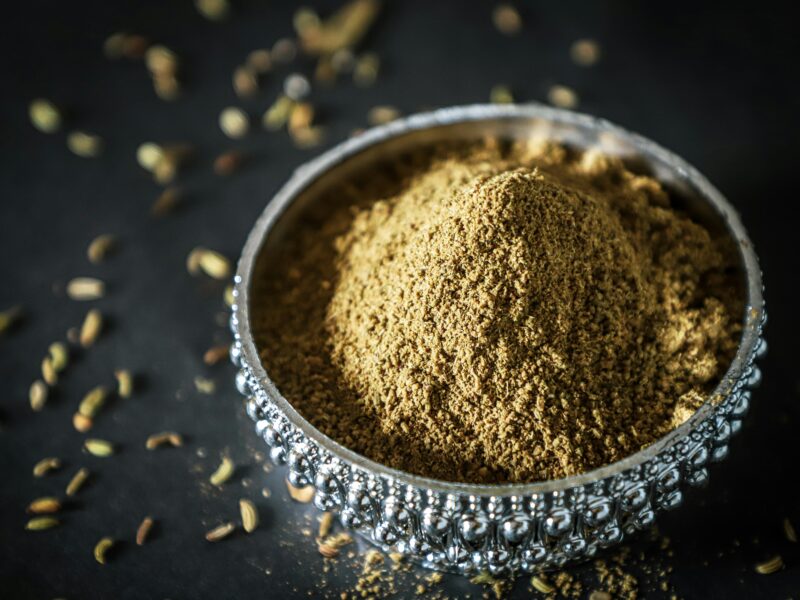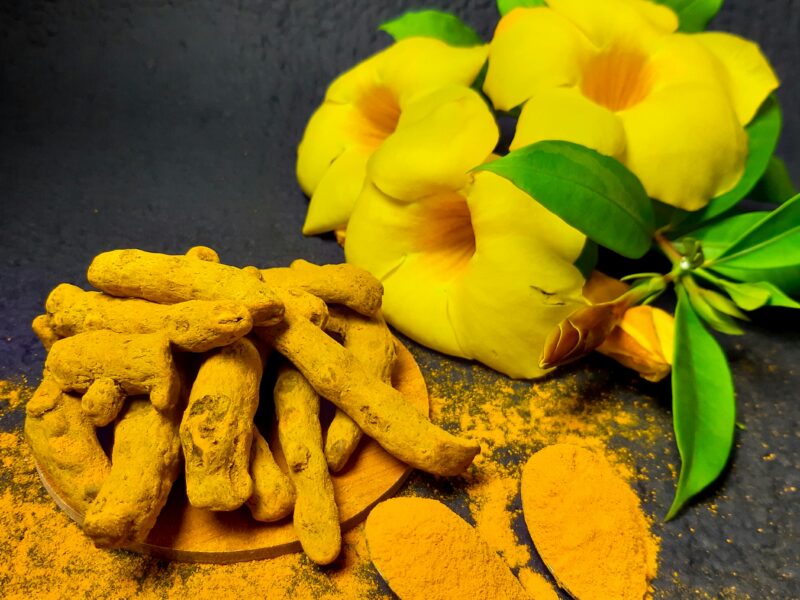Tamarind is a tangy, sweet, and sour fruit that plays a significant role in cuisines around the world, particularly in Indian, Southeast Asian, and Latin American cooking. With its unique balance of flavors, tamarind adds depth and complexity to both savory and sweet dishes. Whether used in curries, chutneys, beverages, or desserts, tamarind brings a distinctive flavor that can elevate your cooking. But what exactly makes tamarind so special, and how can you incorporate it into your meals?
Origin and cultivation
Tamarind (Tamarindus indica) is native to Africa but has since spread to tropical regions, including India, Mexico, the Philippines, and parts of Africa. The tamarind tree produces long pods filled with seeds and a sticky pulp, which is used for culinary purposes. The pulp is harvested, dried, or processed into paste for use in cooking.
The tamarind tree thrives in warm climates, and its fruit is harvested when ripe. The seeds are often discarded or used for other purposes, while the pulp becomes the star ingredient in various recipes.
What does tamarind taste like?
Tamarind offers a unique flavor profile with a perfect balance of sourness, tanginess, and a subtle sweetness. Its taste can vary depending on ripeness, with some tamarind being more sour and others sweeter. The fruit’s complexity makes it perfect for use in savory and sweet dishes alike, providing a rich, bold flavor that stands out without being overwhelming.
Flavor nuances:
- Tangy and sour with a hint of sweetness
- Fruity and slightly citrusy
- Pairs well with chili, garlic, cumin, and sugar
Tamarind substitutes – what can you use instead?
If you don’t have tamarind on hand, there are several substitutes that can replicate its unique sour and sweet flavor, although each will bring a slightly different character.
- Lemon or lime juice: Offers tanginess, though it lacks the natural sweetness of tamarind.
- Pomegranate molasses: A good substitute that balances sourness with sweetness, though it has a different flavor.
- Vinegar and sugar: Combining vinegar with sugar can mimic tamarind’s sour-sweet profile in savory dishes.
- Mango powder (amchur): Provides a tart, fruity flavor, although less complex than tamarind.
How to use tamarind in cooking
Tamarind is used in both savory and sweet dishes, where its tangy-sweet flavor can enhance a wide variety of recipes. From curries and chutneys to beverages and desserts, tamarind plays an essential role in many global cuisines.
In savory dishes:
- Curries and soups: Adds a tangy base to Indian curries, Thai soups (such as Tom Yum), and Filipino sinigang.
- Chutneys and sauces: A key component in tangy chutneys, perfect as a dip or condiment for Indian snacks.
- Marinades for meats: Tamarind can be used to tenderize and flavor meats, especially in Indian and Middle Eastern cuisines.
In sweet dishes:
- Tamarind candy: Popular in many countries, where tamarind is combined with sugar and chili for a tangy-sweet treat.
- Tamarind ice cream: A unique dessert that highlights tamarind’s sweet-tart flavor.
- Tamarind juice: A refreshing drink made from tamarind, sugar, and water, perfect for hot weather.
- Sambar: A South Indian lentil stew that uses tamarind for tang and depth
- Tom Yum Soup: A Thai soup where tamarind adds complexity to the sour broth
Cooking tips:
- ✔ Tamarind is potent, so use it sparingly, especially if using tamarind paste or concentrate. Start with a small amount and adjust to taste.
- ✔ Tamarind pulp can be stored in the refrigerator or freezer in an airtight container. Tamarind paste should also be kept sealed and refrigerated.
- ✔ Tamarind pairs wonderfully with chili, garlic, cumin, and coriander, as well as with fruits like mango and citrus.
Where can you buy tamarind?
Tamarind is widely available in many forms, including fresh pods, paste, concentrate, and dried pulp. It can be found at most grocery stores with an international section, as well as specialty Indian, Thai, and Mexican markets. You can also find tamarind online in various forms, such as paste or blocks of pulp.
Why tamarind deserves a place in your kitchen
Tamarind’s bold, tangy flavor makes it a key ingredient in many culinary traditions. Whether you’re preparing rich curries, refreshing beverages, or unique desserts, tamarind can transform your dishes with its sweet and sour complexity. Its ability to balance flavors makes it indispensable for anyone interested in exploring bold, layered cooking.


